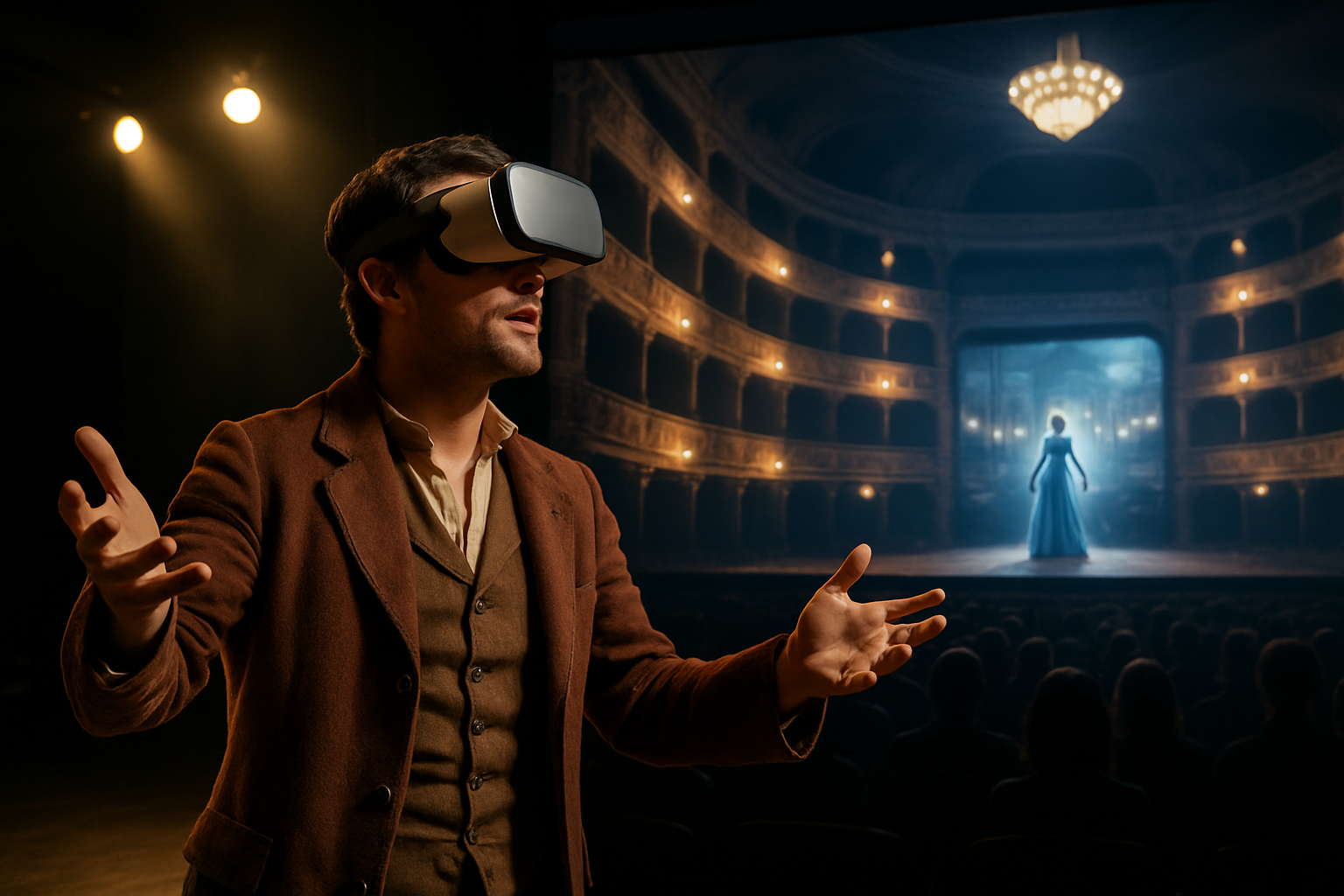Holographic Performances: Redefining Live Entertainment
In the ever-evolving landscape of live entertainment, a groundbreaking technology is reshaping the way we experience concerts, theater, and other performances. Holographic performances, once relegated to the realm of science fiction, have emerged as a revolutionary force in the arts and entertainment industry. This cutting-edge technology is blurring the lines between the physical and digital worlds, offering audiences immersive experiences that were once unimaginable. As holographic performances gain traction, they are not only transforming the way we consume entertainment but also challenging our perceptions of presence, artistry, and the very nature of live performance itself.

Technological Advancements Driving the Trend
The rapid evolution of holographic technology has been fueled by advancements in projection systems, motion capture, and computer-generated imagery. Modern holographic performances utilize a combination of high-resolution projectors, specialized screens, and sophisticated software to create lifelike, three-dimensional images that can interact with live performers and audiences. The integration of artificial intelligence and machine learning has further enhanced the realism and responsiveness of holographic performers, allowing for more dynamic and interactive experiences.
Reimagining the Concert Experience
Holographic performances have found particular resonance in the music industry, offering new possibilities for both living and deceased artists. Legendary musicians like Roy Orbison and Maria Callas have been resurrected for holographic world tours, allowing new generations to experience their artistry in a live setting. For contemporary artists, holographic technology enables simultaneous performances in multiple locations, expanding their reach and creating unique, hybrid live experiences that blend physical and virtual elements.
Theater and Opera in the Holographic Age
The world of theater and opera has also embraced holographic technology, using it to push the boundaries of traditional stagecraft. Innovative productions have incorporated holographic elements to create stunning visual effects, transport audiences to fantastical realms, and bring historical figures to life. In opera, holographic technology has been used to create immersive set designs and enhance the storytelling capabilities of classic works. These applications are not only attracting new audiences but also challenging directors and performers to reimagine their craft in light of these new possibilities.
Ethical and Artistic Considerations
As holographic performances become more prevalent, they raise complex ethical and artistic questions. The use of deceased artists’ likenesses has sparked debates about consent, legacy, and the authenticity of posthumous performances. Critics argue that holographic recreations may dilute the unique energy of live performance, while proponents see them as a way to preserve and celebrate artistic legacies. For living artists, the technology presents both opportunities and challenges, offering new creative avenues while potentially altering the nature of their relationship with audiences.
The Future of Holographic Entertainment
Looking ahead, the potential applications of holographic technology in entertainment seem boundless. From educational experiences that bring historical events to life to interactive art installations that respond to audience movements, holographic performances are poised to redefine our understanding of immersive entertainment. As the technology continues to advance, we can expect to see even more seamless integration of holographic elements in live performances, blurring the lines between reality and virtual experience in ways that will challenge and excite audiences around the world.





